Drive time: Honda NSX continues the legacy of a cult hero
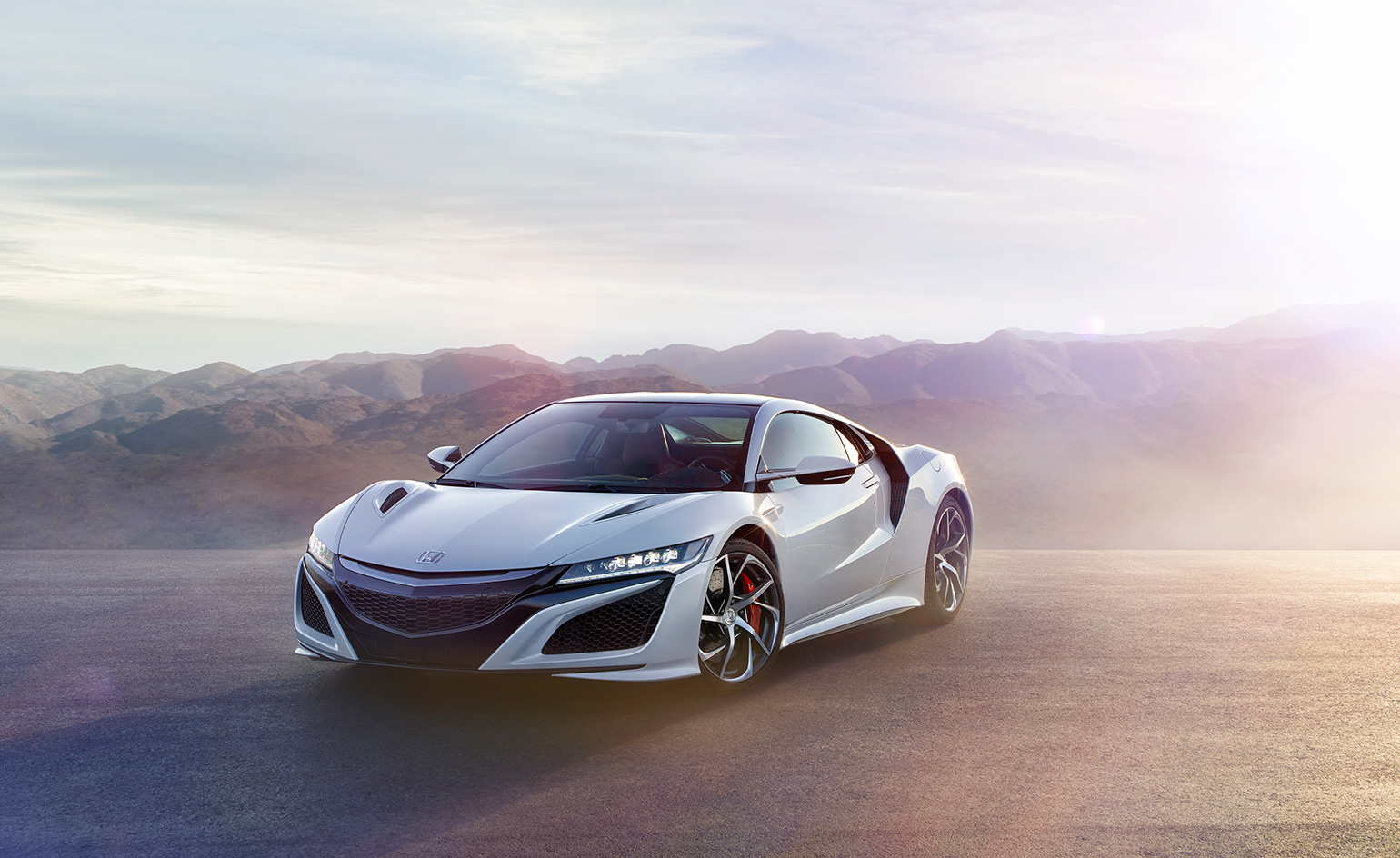
For many years, the new Honda NSX was something of an automotive unicorn, trailed, preview and promised but ultimately remaining a fable. The original 1990 NSX upended Honda's rather staid image by combining its undeniable technical chops with some performance automotive purity. Up until that point there was next to no crossover between Honda's success on the track – with Formula 1 in particular – and the cars it built for the road. The NSX (New Sports Experiment) changed all that, with direct input from both the racing division and its drivers (including Ayrton Senna) and the very latest suite of materials and dynamic technologies.
The first generation car was in production for an incredible 15 years, but a replacement wasn't lined up straight away. A few conceptual forays, notably the 2007 Acura Advanced Sports Car Concept (Acura being Honda's US division) appeared to signal an arrival, but it was stymied by the economic recession. In 2012 the company tried again, and this time the concept was badged NSX from the outset, with a V10 engine. Behind the scenes engineering was teased with increasingly finished-looking show cars, and the NSX you see before you achieved its final form as far back as 2014, by which point the V10 had been swapped out for a V6 and hybrid combination.
Finally, the 2016 Honda NSX is here (it’s still badged as an Acura in the US, where it's also manufactured). In the two and half decades since the original car arrived, Honda has confidently asserted itself as a sports car maker, albeit be it with highly tuned 'Type R' versions of its multi-million selling hatches and saloons. The NSX has to take the Honda name into the world of £150k sports cars and come out on top – a tall order.
The design has suffered slightly due to the long development time and the car’s mid-engined looks tend towards the generic. There’s a lovely curve that starts on the wing mirror before following the line of the ‘A’-pillar over the roof, down the ‘B’-pillar and then kinking back sharply to form a big crease in the door beneath the engine air intake. It results in a side elevation that’s mostly resolved, whereas the front end doesn’t benefit from having to incorporate the company's latest 'face', a relatively non-descript v-form that is lost in a confusion of creases, vents, chrome and narrow headlight enclosures. Similarly, at the rear, the NSX is a tad bland, despite the wide track creating the potential for a dramatic stance.
What the NSX does best is drive. Honda is admirably direct about its commitment to technological superiority and functional simplicity – there’s no spiel about craftsmanship or passion or heritage, save for the tacit acknowledgement that the first car was something of a cult hero, albeit mostly among motoring journalists. The new car has to address a new era, and it does so with efficiency. A modern super sports machine is essentially a paradox, for however track-focused and raw it is, it will inevitably spend more time in traffic and low-speed driving. Electrically-boosted acceleration is explosive, and cleverly modulated braking makes the car corner around a track with fluidity and ease, regardless of the speed.
Like other cars in this sector, the new NSX has a sliding scale of ability. Honda has unapologetically built the kind of car that can exceed the capabilities and comfort levels of 95 per cent of drivers, giving even pro racers something to enthuse about thanks to a basket of technological trickery that shaves vital seconds off your lap times. Yet in the real world, split second timing comes a distant second to ride comfort, practicality and the ability to convert every overtaking window into a safe opportunity. The NSX also excels here, for Sport, Sport+ and Track modes are joined by a ‘Quiet’ setting that’ll give you an all-electric start – all the better for neighbourly relations. It’s easy to drive, albeit a bit wide, comfortable and straightforward. There’s not the sense of style and occasion you’d fine in a Ferrari or Aston, or even an Audi R8, but although the NSX can certainly compete, it’s pitched at the driver who isn’t bothered by branding or hung up on heritage. Besides, with just 60 cars earmarked for the UK market this year – all sold through a single dealership trained in the art of concierge-style service – it’ll stay rarer than them all. A legendary future awaits?
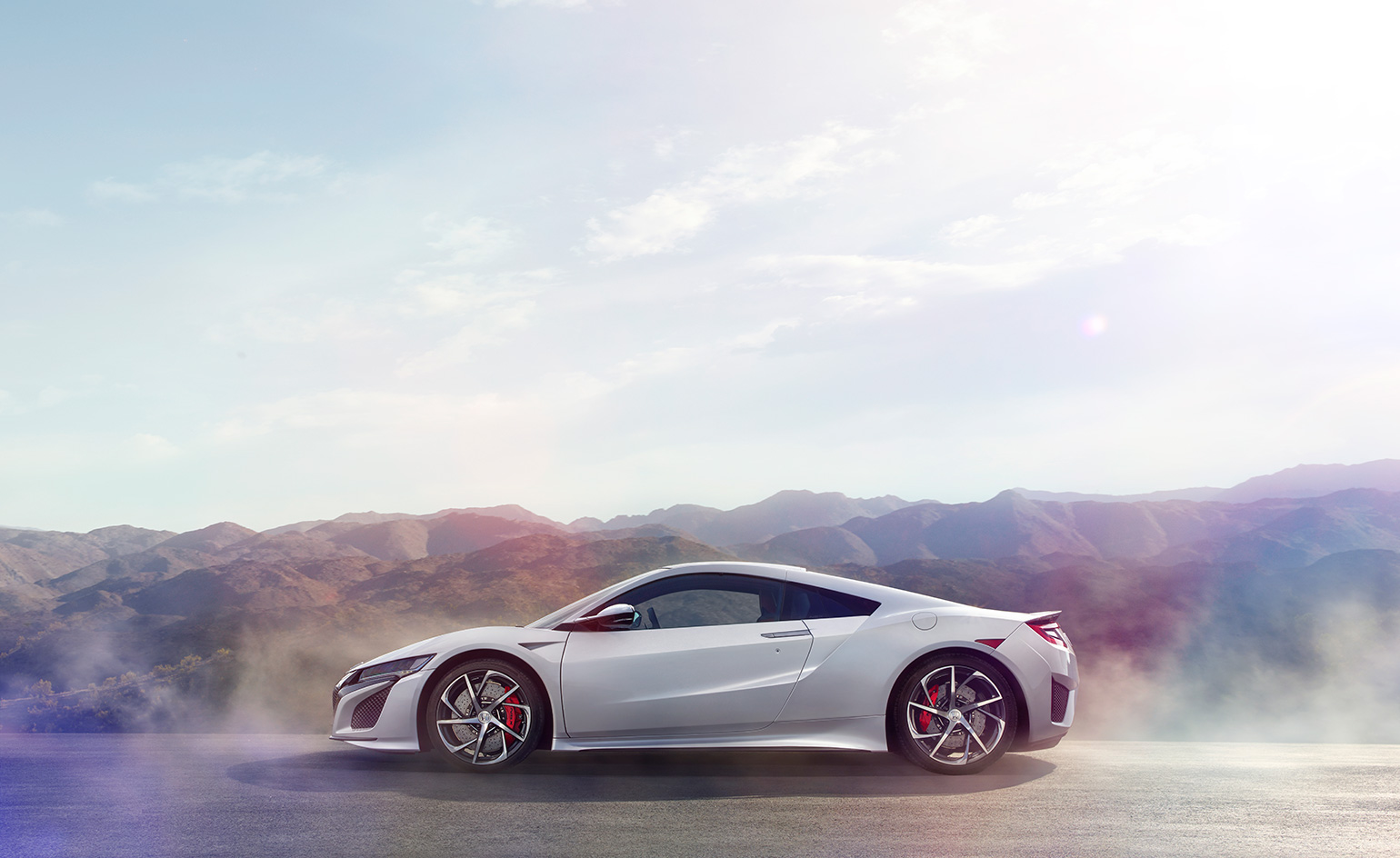
There’s a lovely curve that starts on the wing mirror before following the line of the ‘A’-pillar over the roof, down the ‘B’-pillar and then kinking back sharply to form a big crease in the door beneath the engine air intake
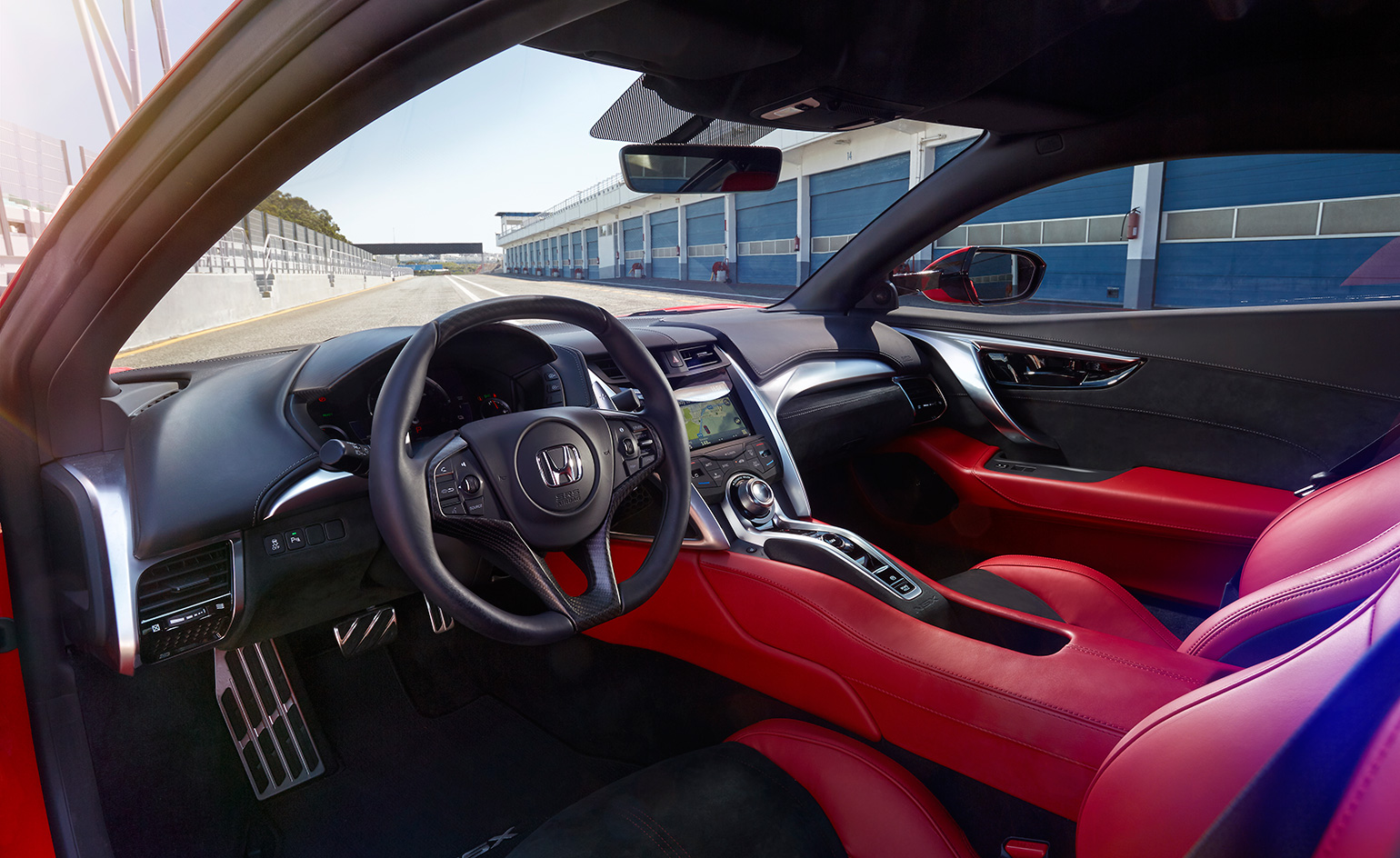
What the NSX does best is drive. Honda is admirably direct about its commitment to technological superiority and functional simplicity – there’s no spiel about craftsmanship or passion or heritage
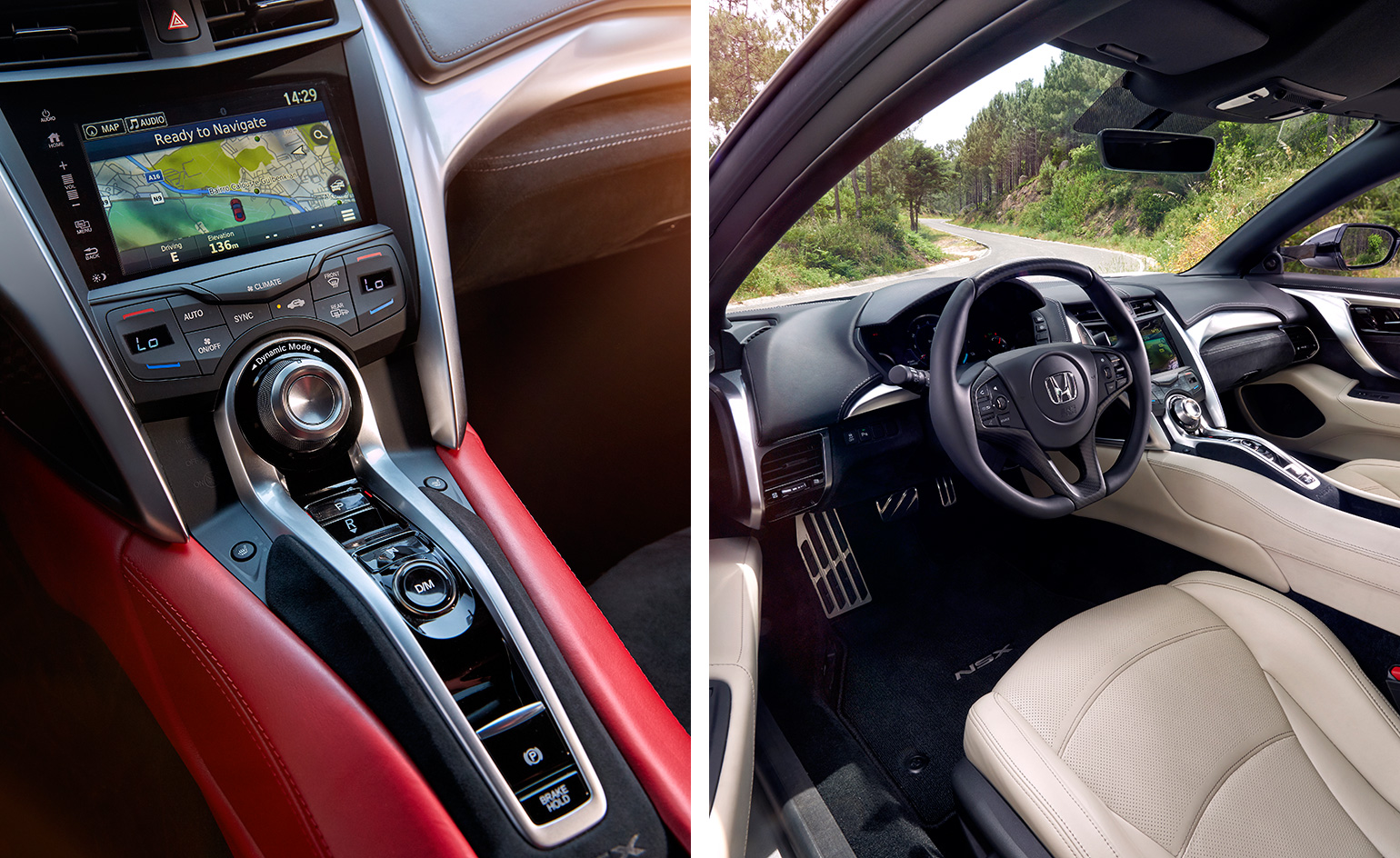
Electrically-boosted acceleration is explosive, and cleverly modulated braking makes the car corner around a track with fluidity and ease, regardless of the speed
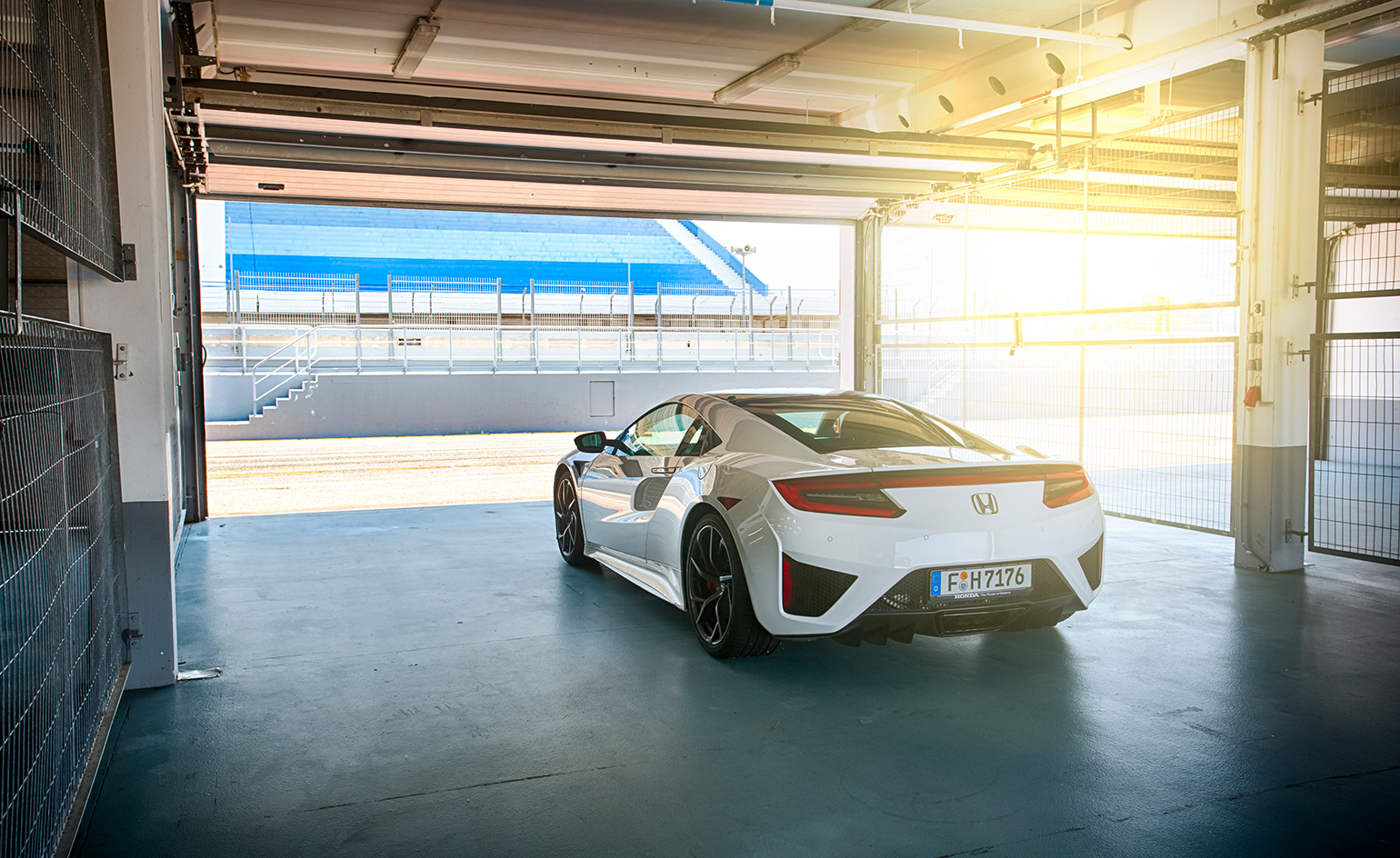
The NSX is pitched at the driver who isn’t bothered by branding or hung up on heritage. Besides, with just 60 cars earmarked for the UK market this year, it’ll stay rarer than them all
INFORMATION
Honda NSX, from £130,000. For more information, visit the Honda website
Photography courtesy Honda
Wallpaper* Newsletter
Receive our daily digest of inspiration, escapism and design stories from around the world direct to your inbox.
Jonathan Bell has written for Wallpaper* magazine since 1999, covering everything from architecture and transport design to books, tech and graphic design. He is now the magazine’s Transport and Technology Editor. Jonathan has written and edited 15 books, including Concept Car Design, 21st Century House, and The New Modern House. He is also the host of Wallpaper’s first podcast.
-
 Nina Runsdorf brings classic jewellery back to life to mark 20 years
Nina Runsdorf brings classic jewellery back to life to mark 20 yearsNew York-based jewellery designer Nina Runsdorf celebrates her eponymous brand’s anniversary with a new jewellery collection, ‘Archive’
By Hannah Silver
-
 Enter the world of Cave Bureau, and its architectural and geological explorations
Enter the world of Cave Bureau, and its architectural and geological explorationsNairobi practice Cave Bureau explores architecture’s role in the geological afterlives of colonialism, as part of a team exhibiting at the British pavilion at the Venice Architecture Biennale 2025
By Marwa El Mubark
-
 All-In is the Paris-based label making full-force fashion for main character dressing
All-In is the Paris-based label making full-force fashion for main character dressingPart of our monthly Uprising series, Wallpaper* meets Benjamin Barron and Bror August Vestbø of All-In, the LVMH Prize-nominated label which bases its collections on a riotous cast of characters – real and imagined
By Orla Brennan
-
 Peugeot’s sparky 308 gets hybrid power and handsome lines
Peugeot’s sparky 308 gets hybrid power and handsome linesThe Peugeot 308 proves that mass-market design needn’t be dull, blending hybrid power with sharp lines and excellent detailing
By Jonathan Bell
-
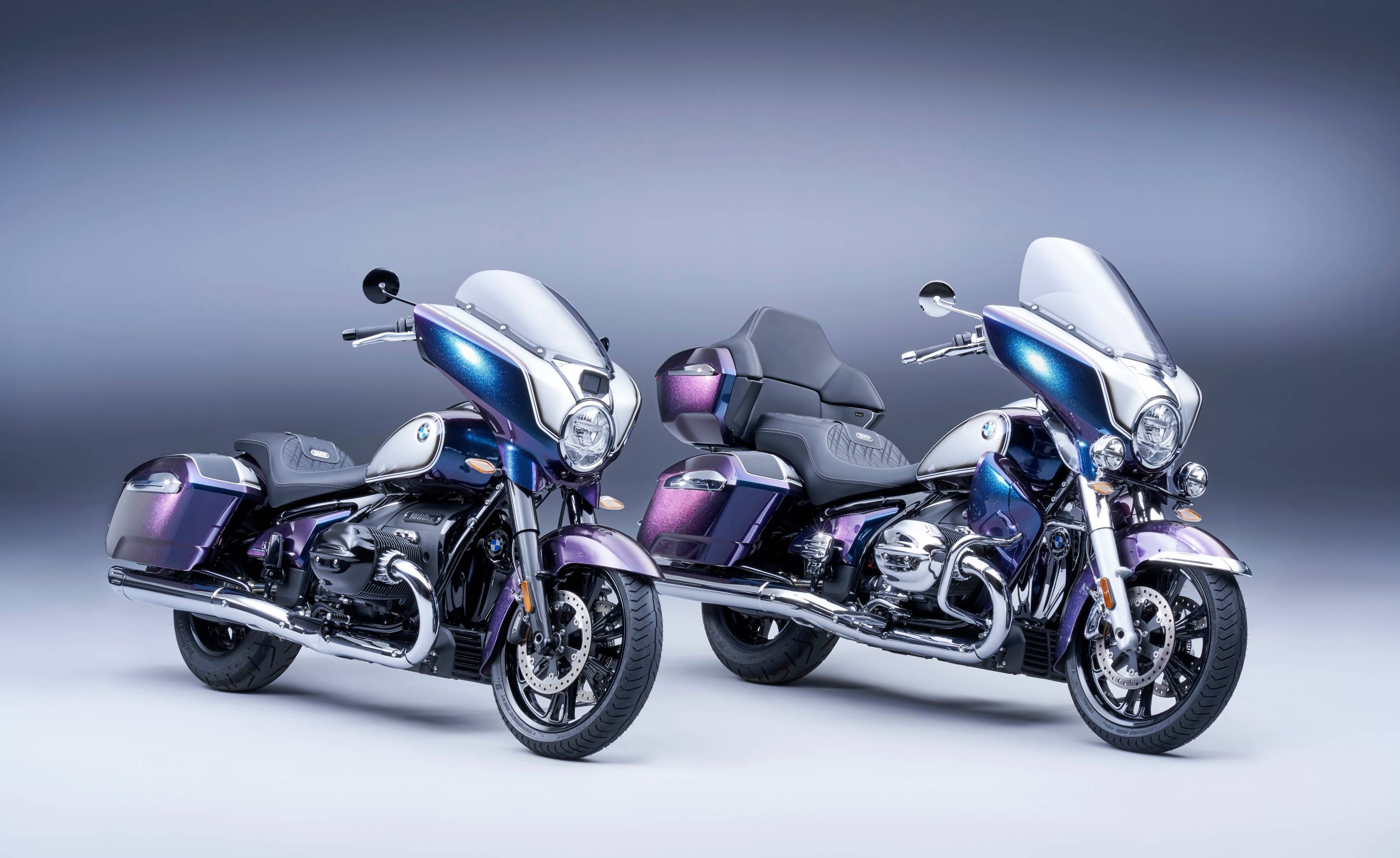 BMW Motorrad brings out the big guns for its newest cruisers
BMW Motorrad brings out the big guns for its newest cruisersBMW Motorrad R 18 Bagger and Transcontinental set the tone for high-voltage cruising with a brand collaboration with speaker specialist Marshall
By George Chapman
-
 Dacia’s new Manifesto concept is a true outdoor utility vehicle
Dacia’s new Manifesto concept is a true outdoor utility vehicleUtilitarian auto brand Dacia sets a bold new agenda with its Manifesto, a concept car pitched at the active outdoor market
By Jonathan Bell
-
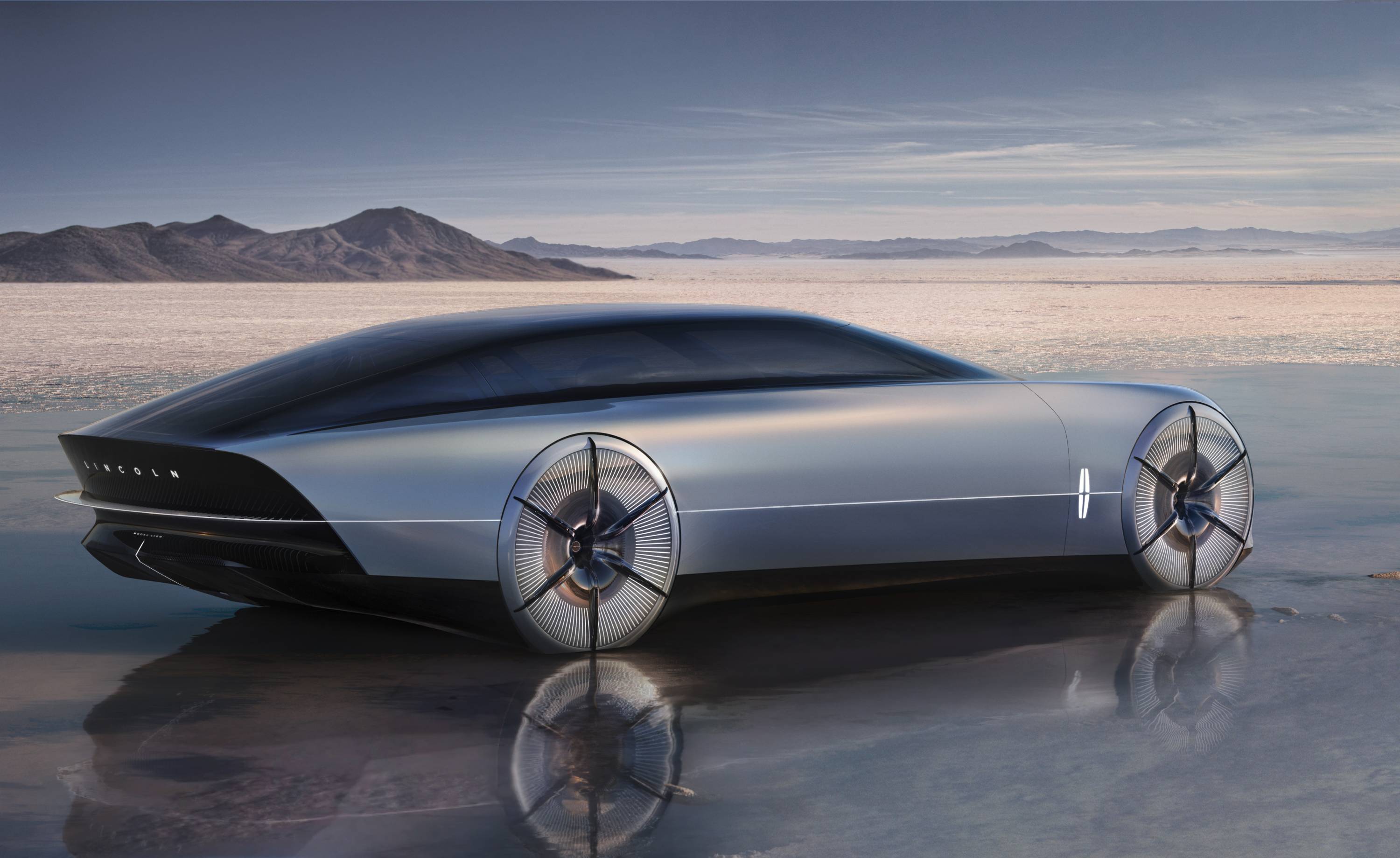 The sun sets on traditional supercars at California’s Monterey Car Week
The sun sets on traditional supercars at California’s Monterey Car WeekMonterey Car Week, the world’s most prestigious car gathering, is showcasing ever-more extravagant special editions, coachbuilt cars and all-new electric concepts. Here are seven key machines from 2022
By Rory FH Smith
-
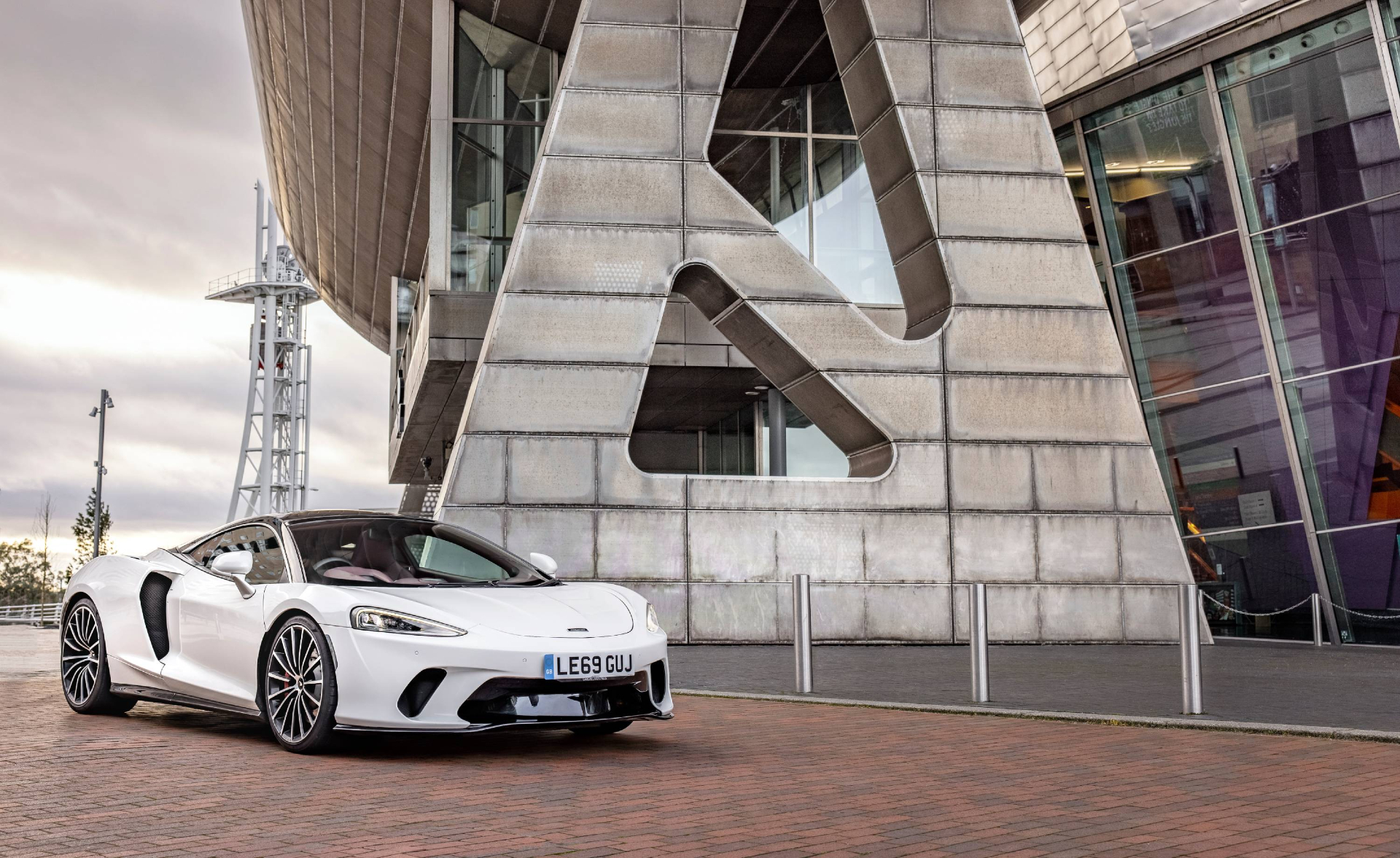 Is McLaren’s GT a sports car, a tourer, or the best of both?
Is McLaren’s GT a sports car, a tourer, or the best of both?The McLaren GT is a capable all-rounder dressed up in svelte supercar clothes. It might also be the last of its type
By Jonathan Bell
-
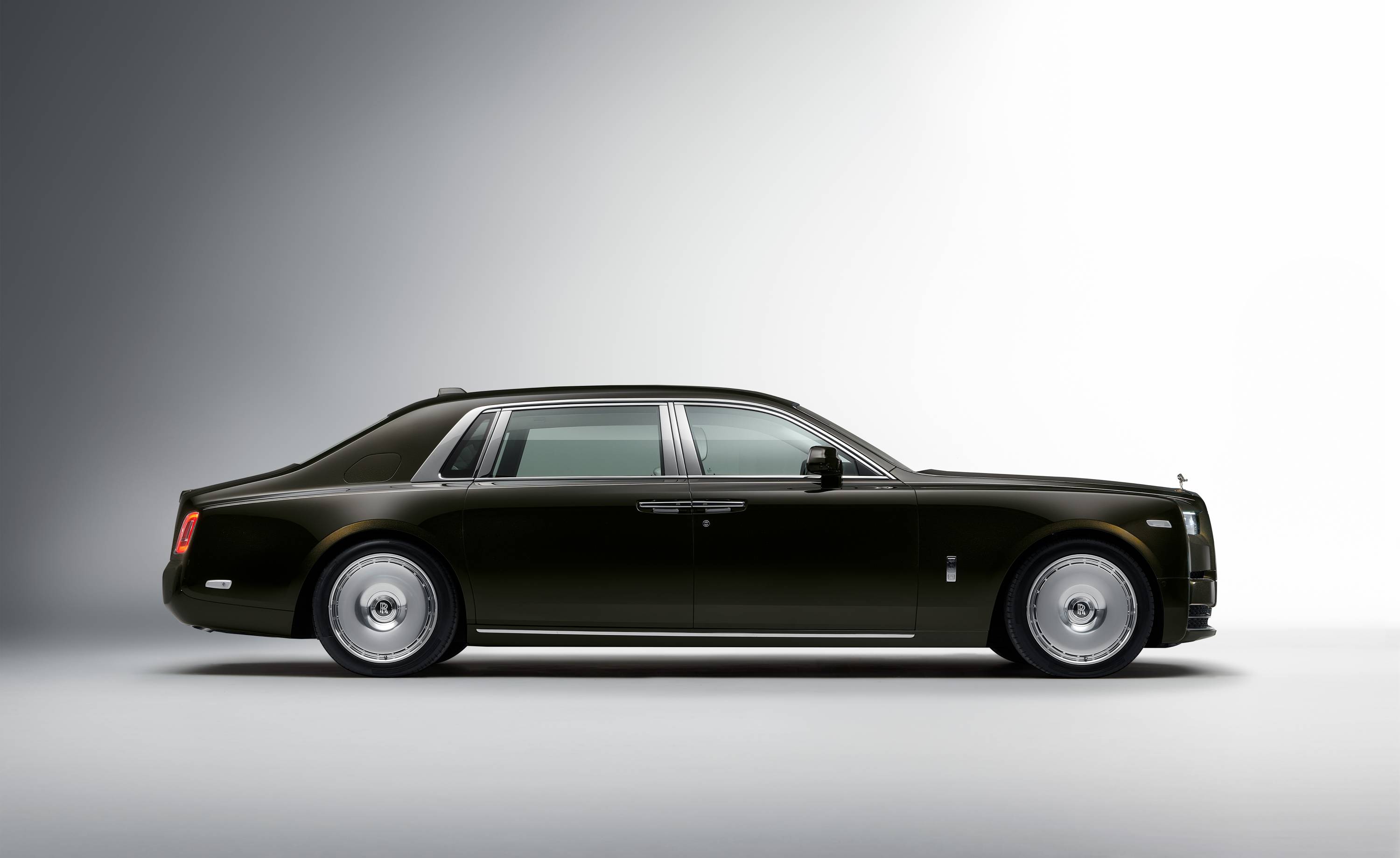 Rolls-Royce puts the Phantom back on its lofty pedestal
Rolls-Royce puts the Phantom back on its lofty pedestalA mid-life refresh ensures the flagship Rolls-Royce Phantom Series II is at the top of its game, a last hurrah for traditional engines before an electrified future
By Jonathan Bell
-
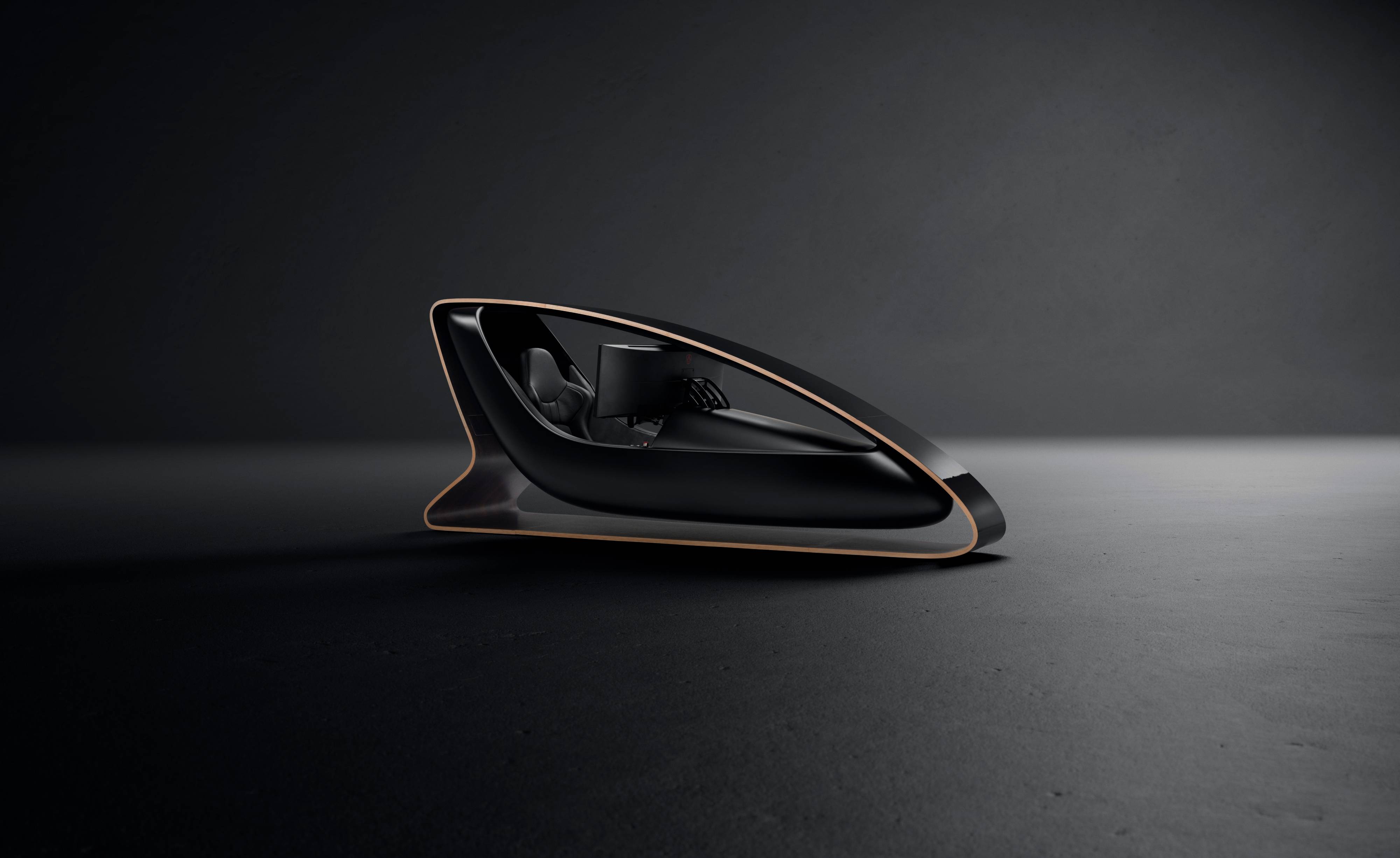 Prodrive’s new racing simulator is shaped by Callum to be front of the grid
Prodrive’s new racing simulator is shaped by Callum to be front of the gridThe racing simulator shapes up – this new design from Prodrive and Callum is honed for the high-end games room
By Jonathan Bell
-
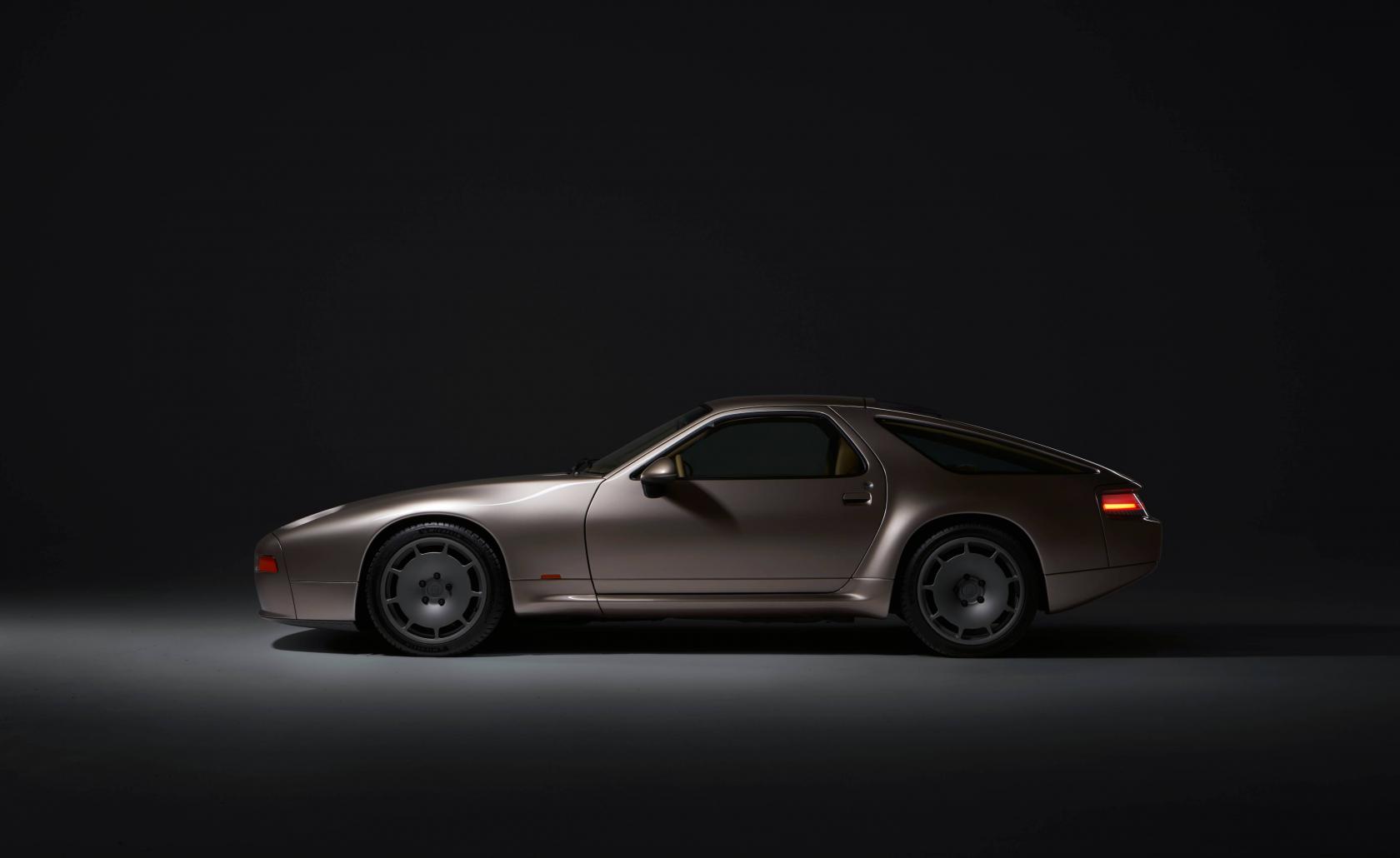 928 by Nardone Automotive: a restomod Porsche with Gallic verve and Italian style
928 by Nardone Automotive: a restomod Porsche with Gallic verve and Italian style928 by Nardone Automotive is a gracefully modernised version of Porsche’s endearingly different 928
By Jonathan Bell